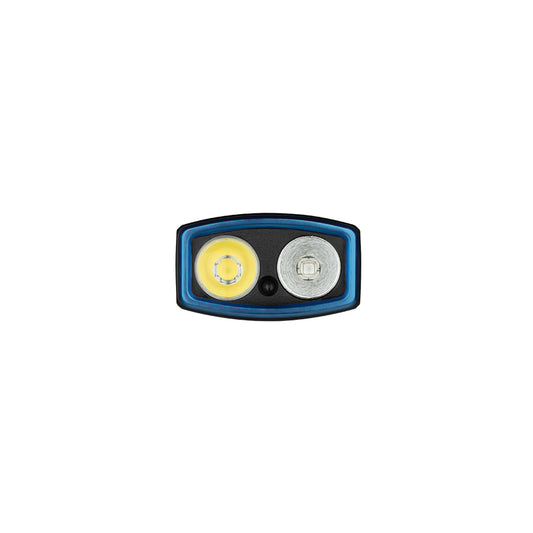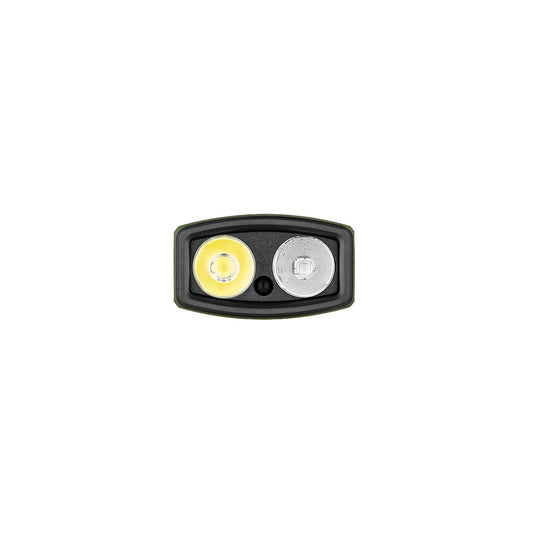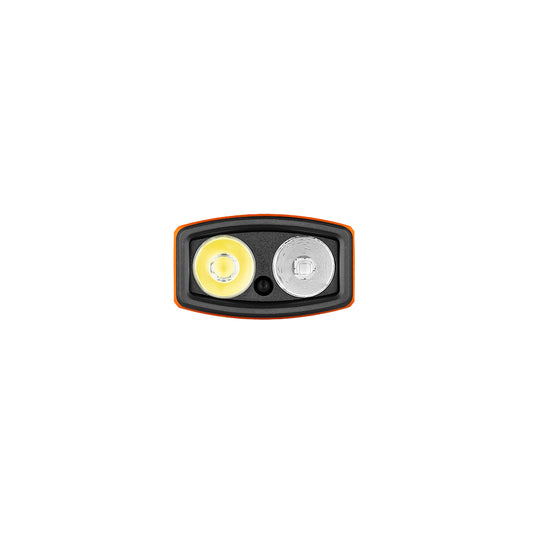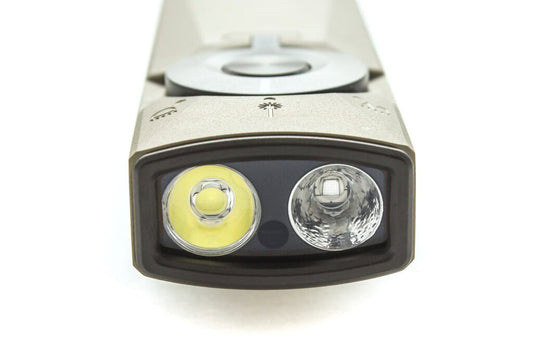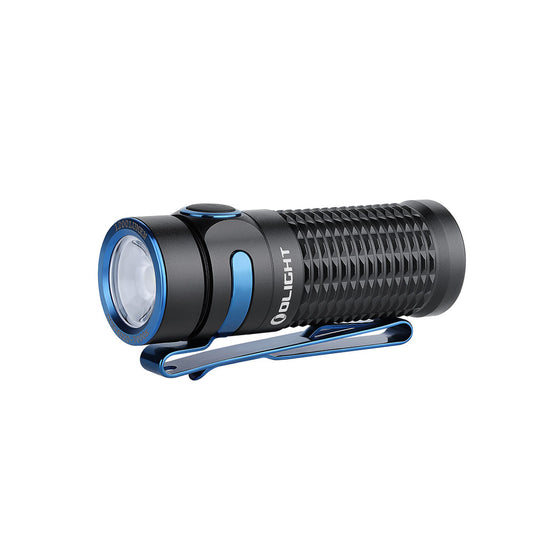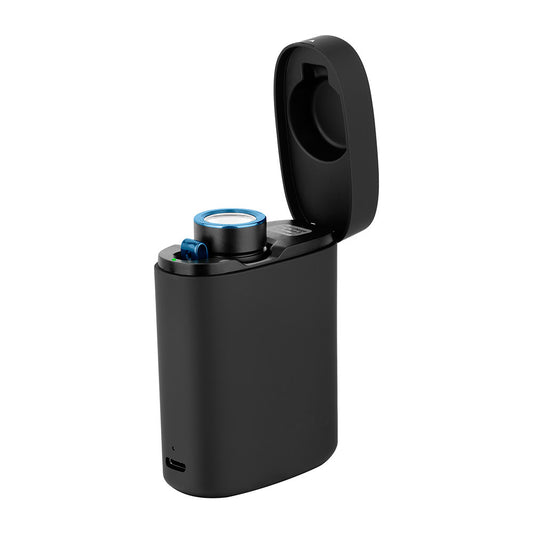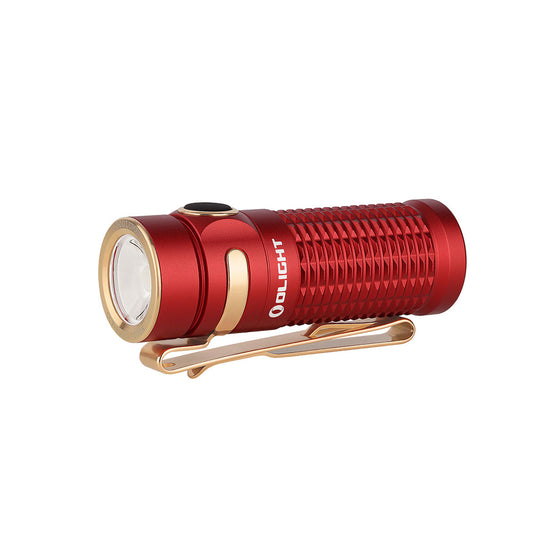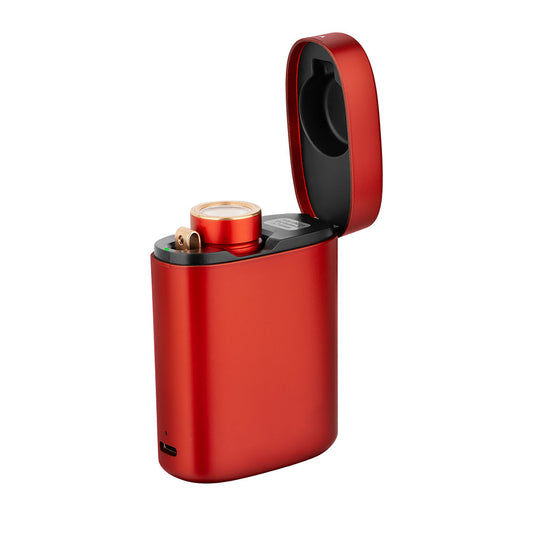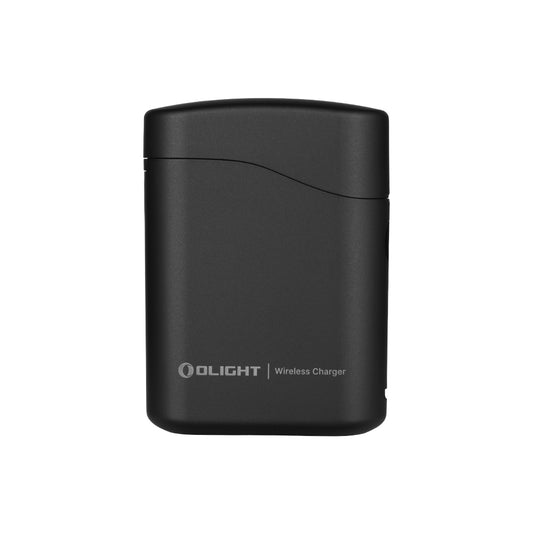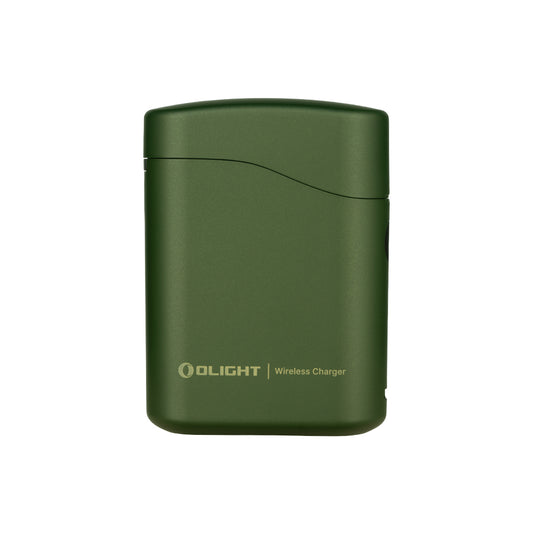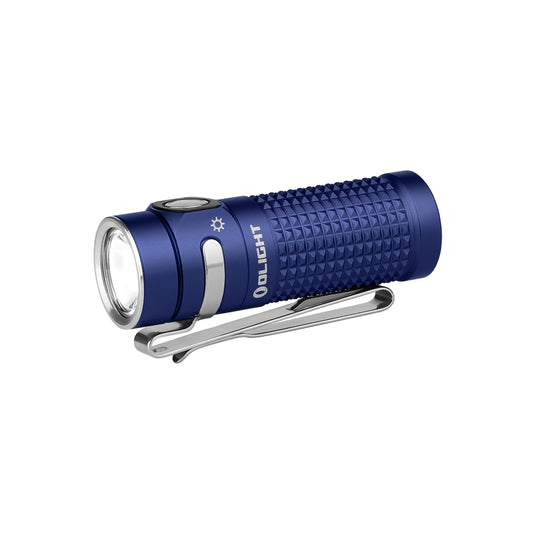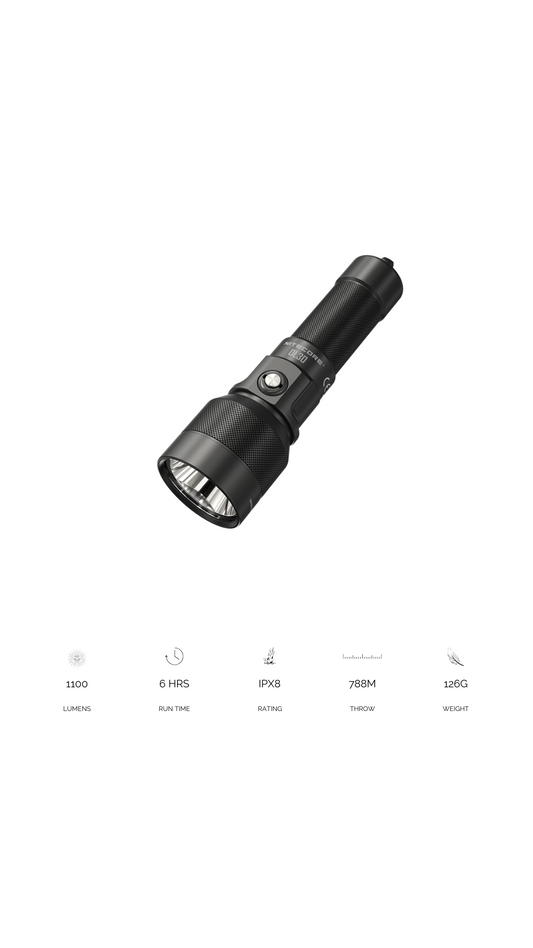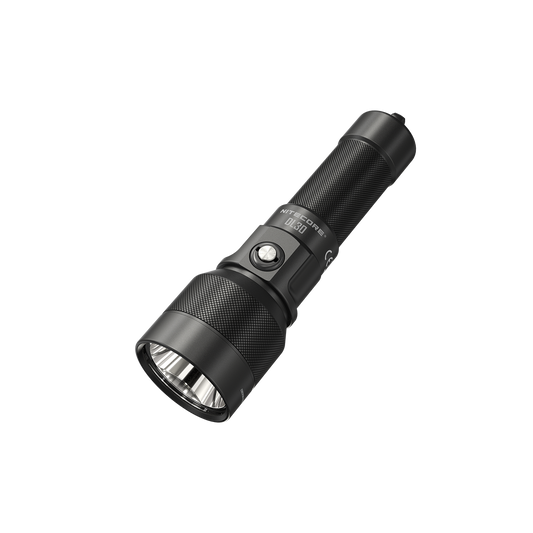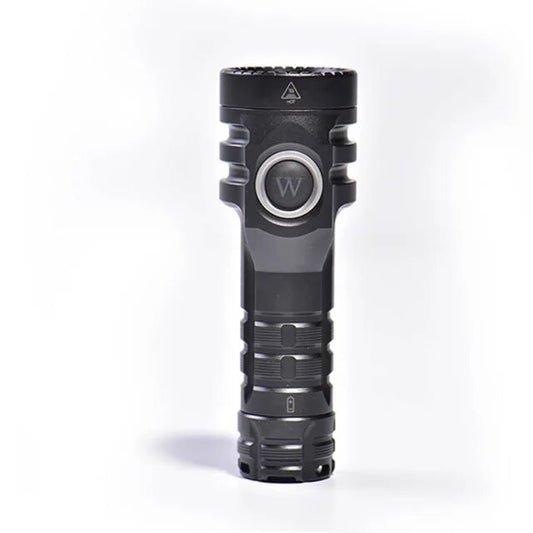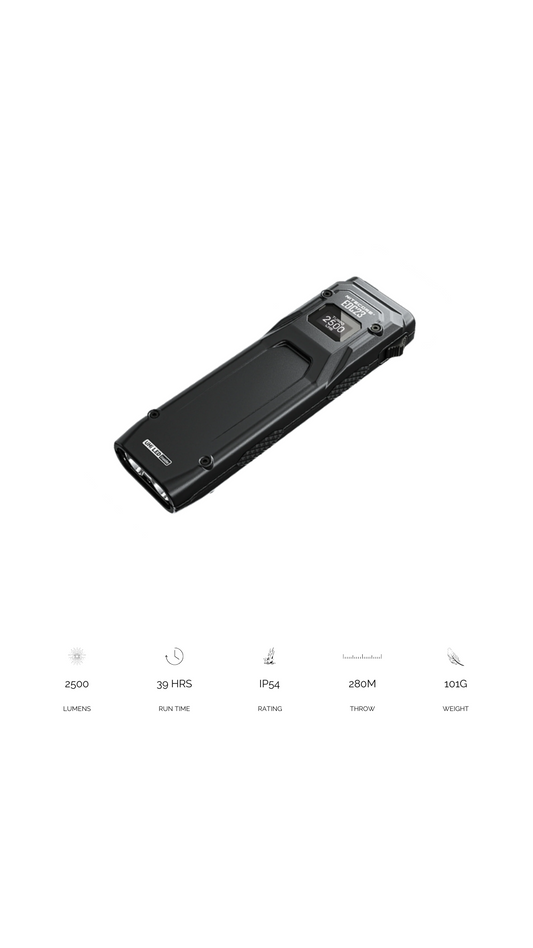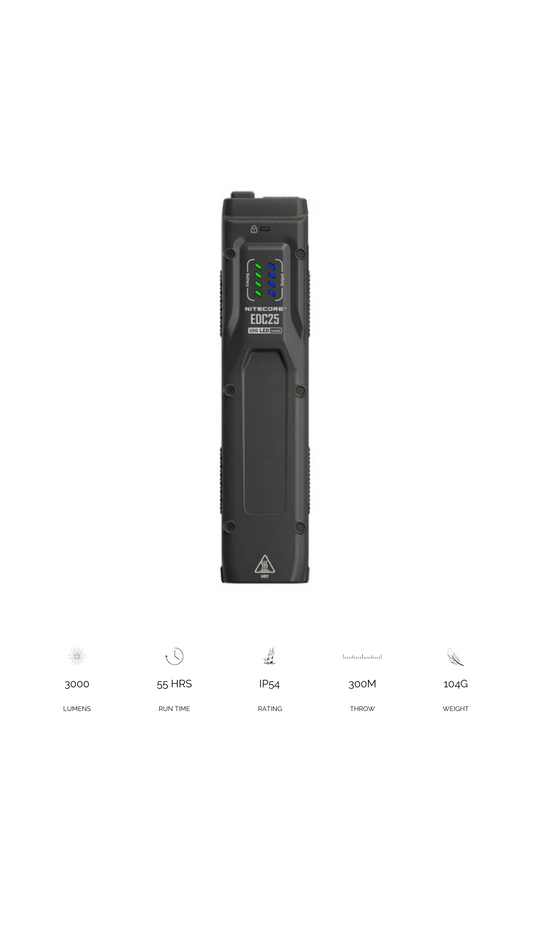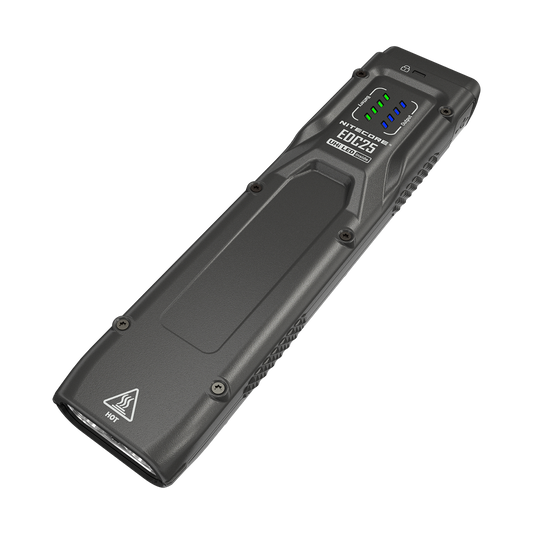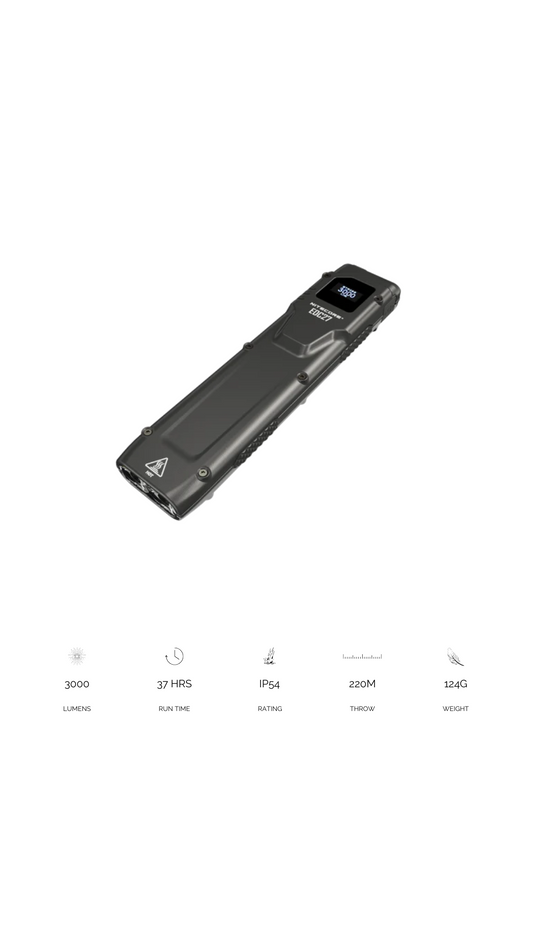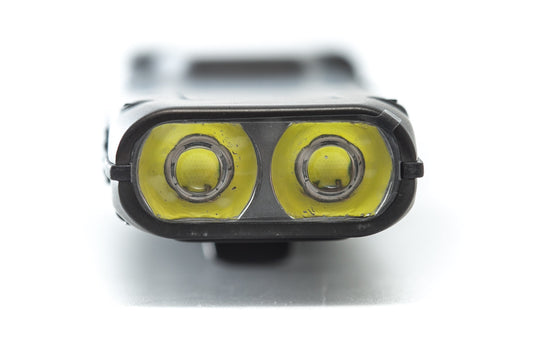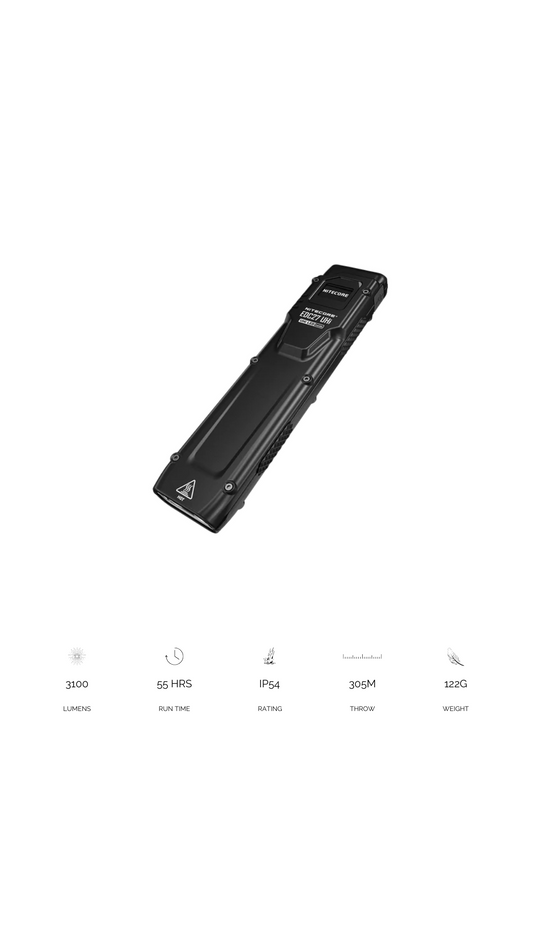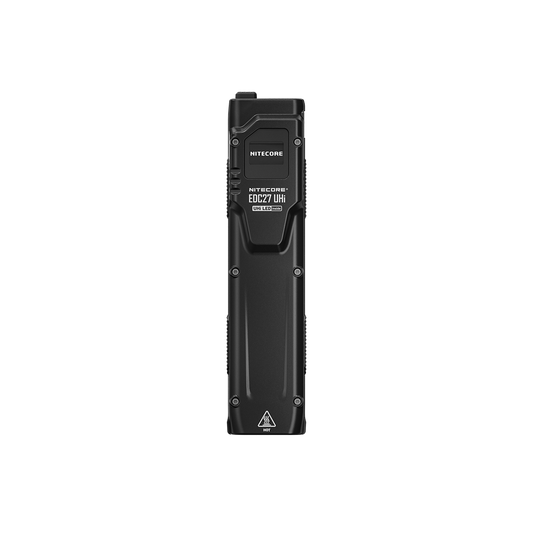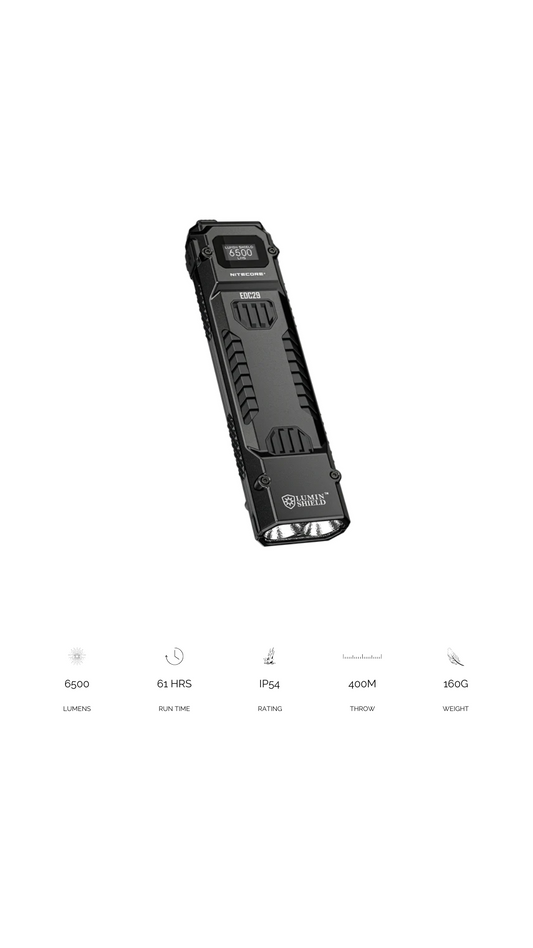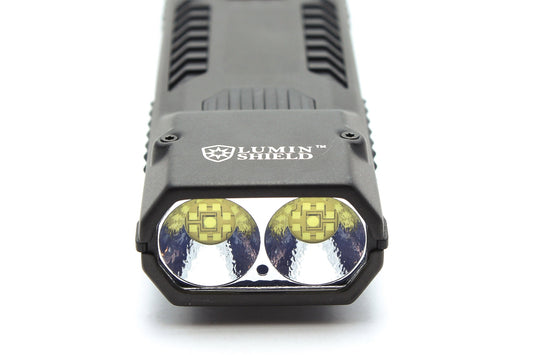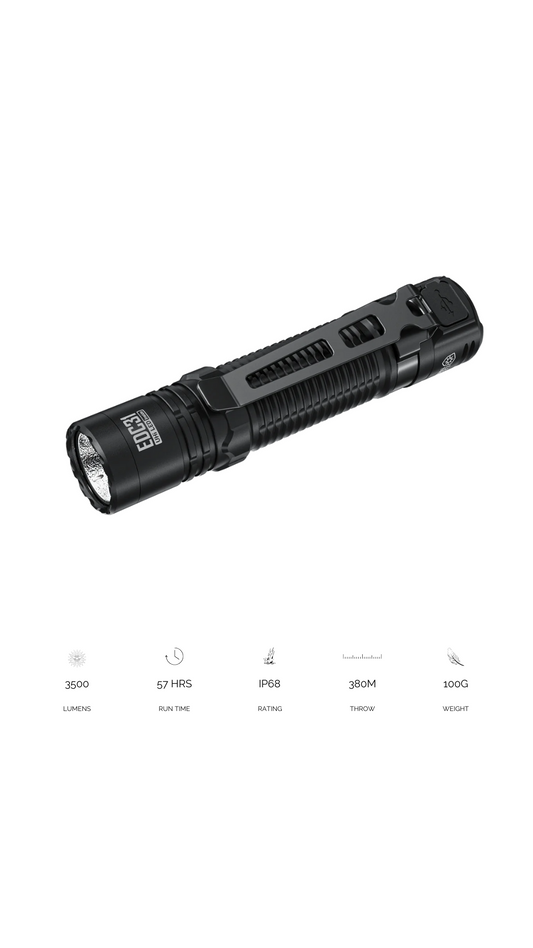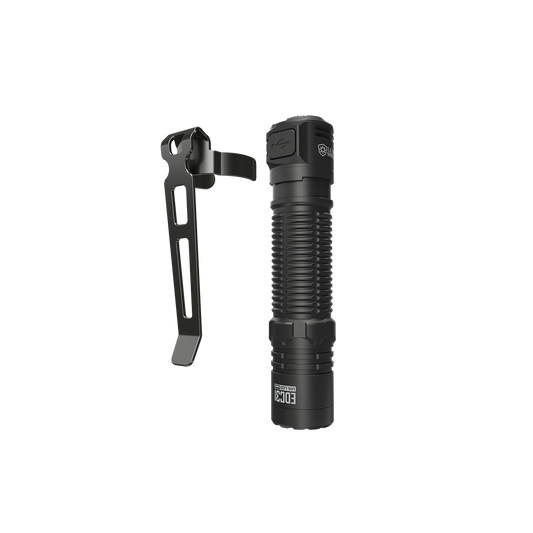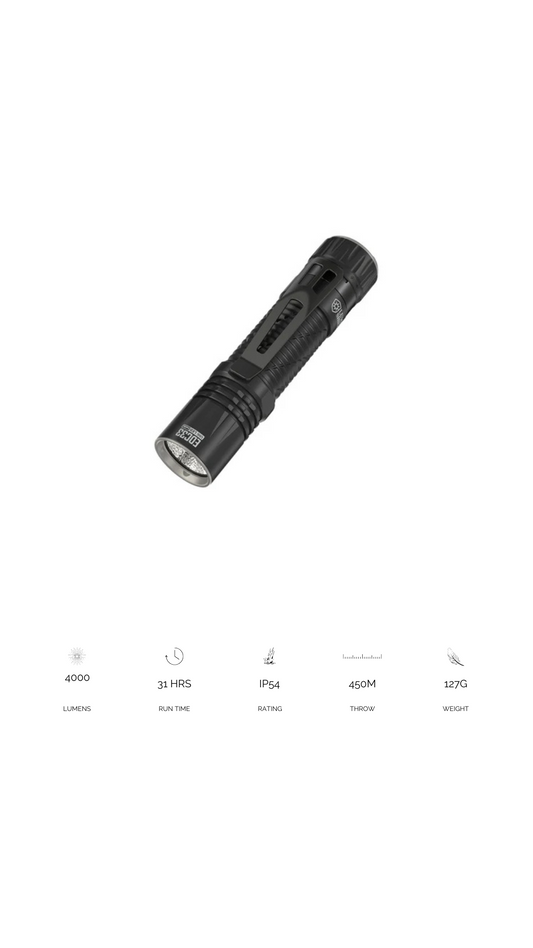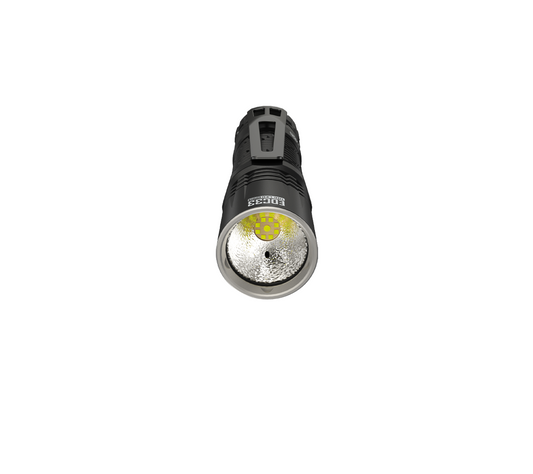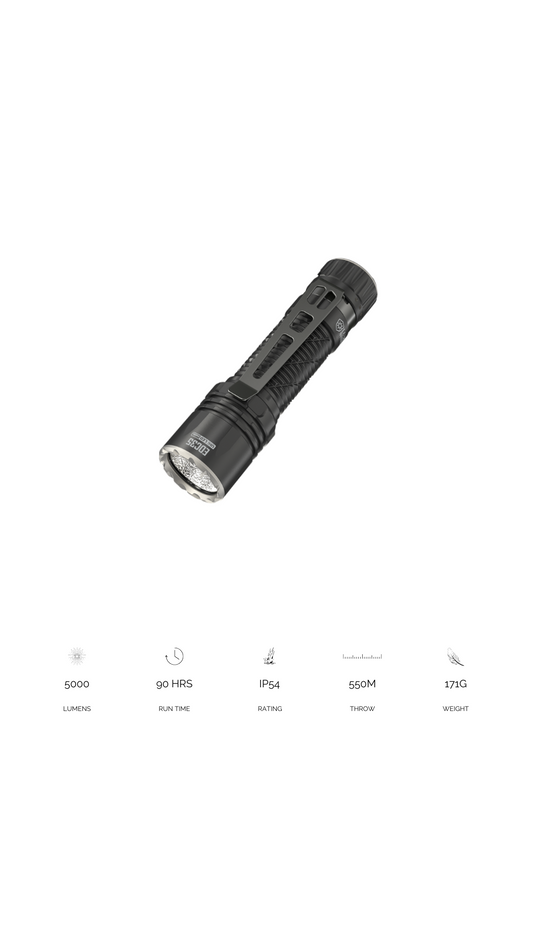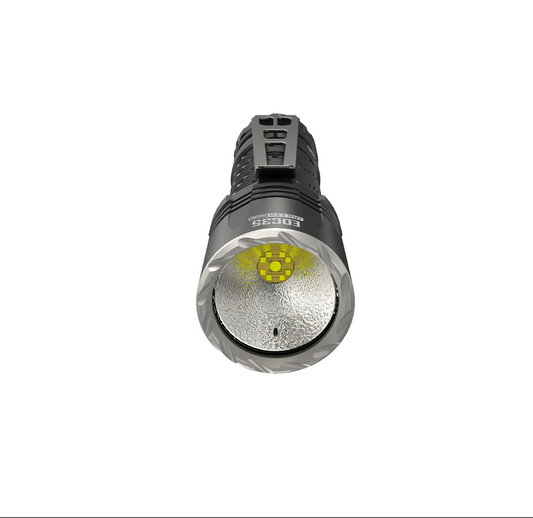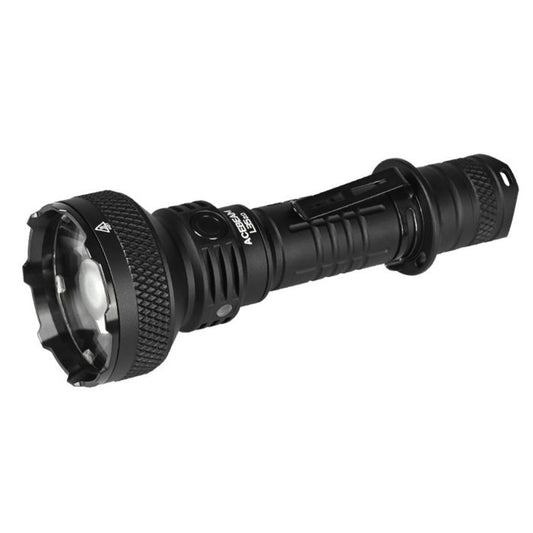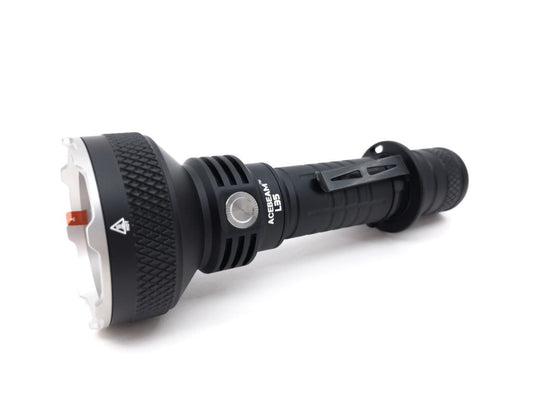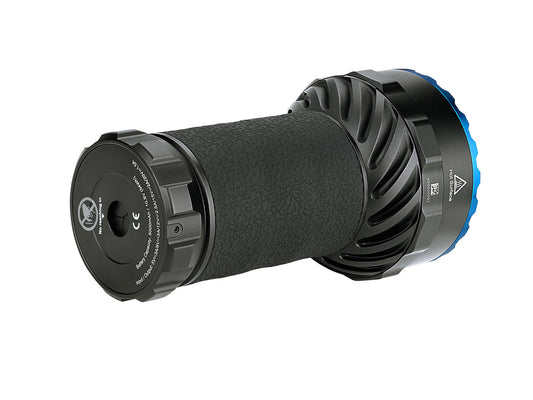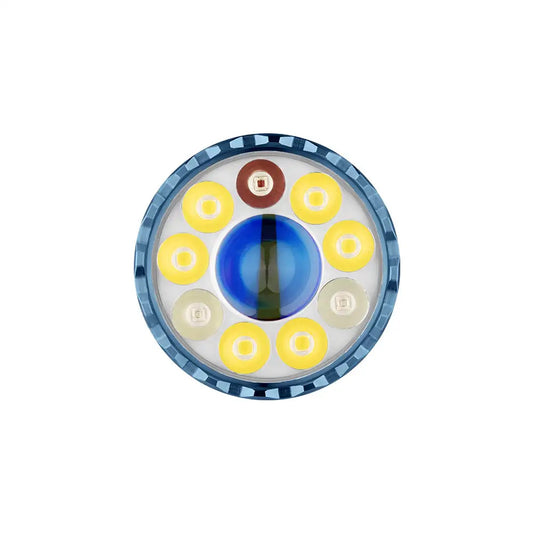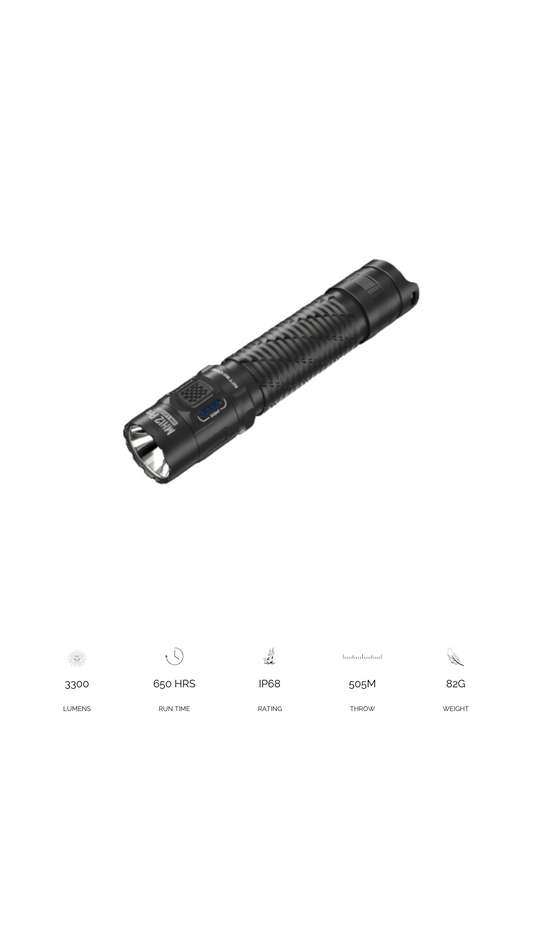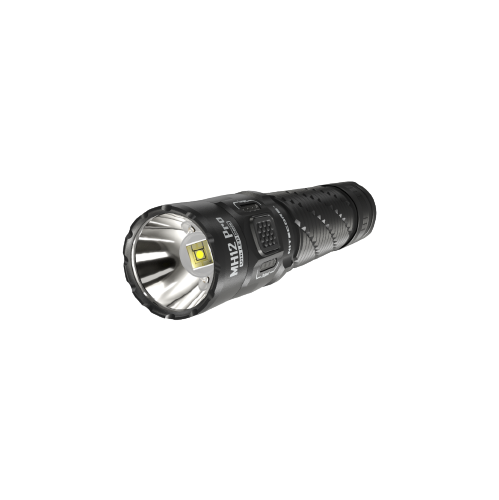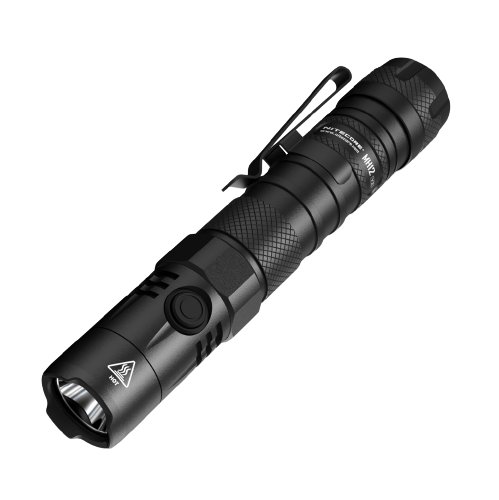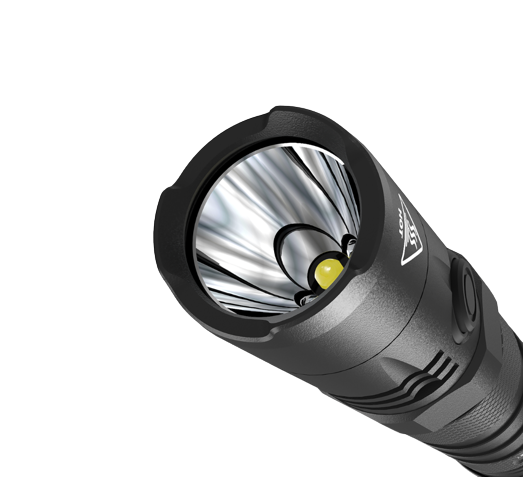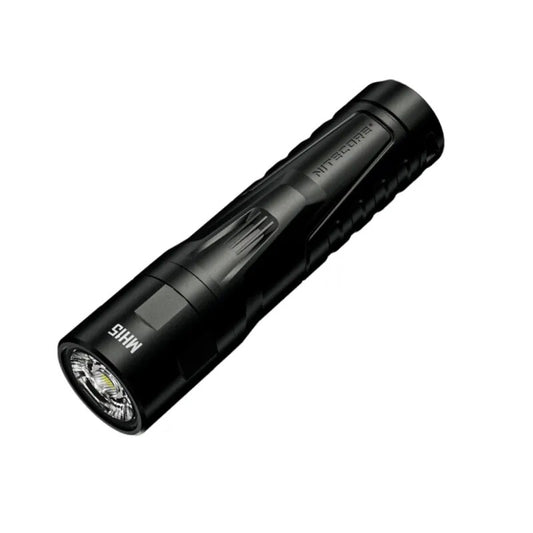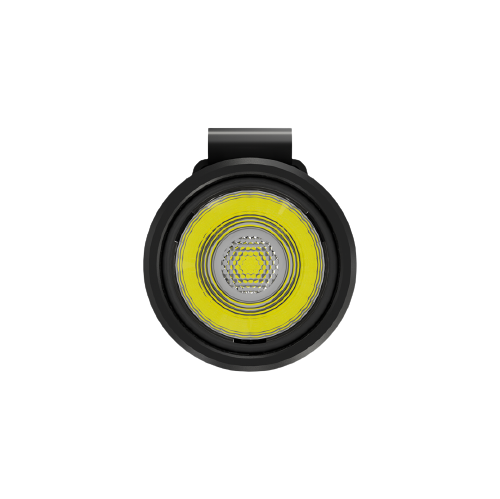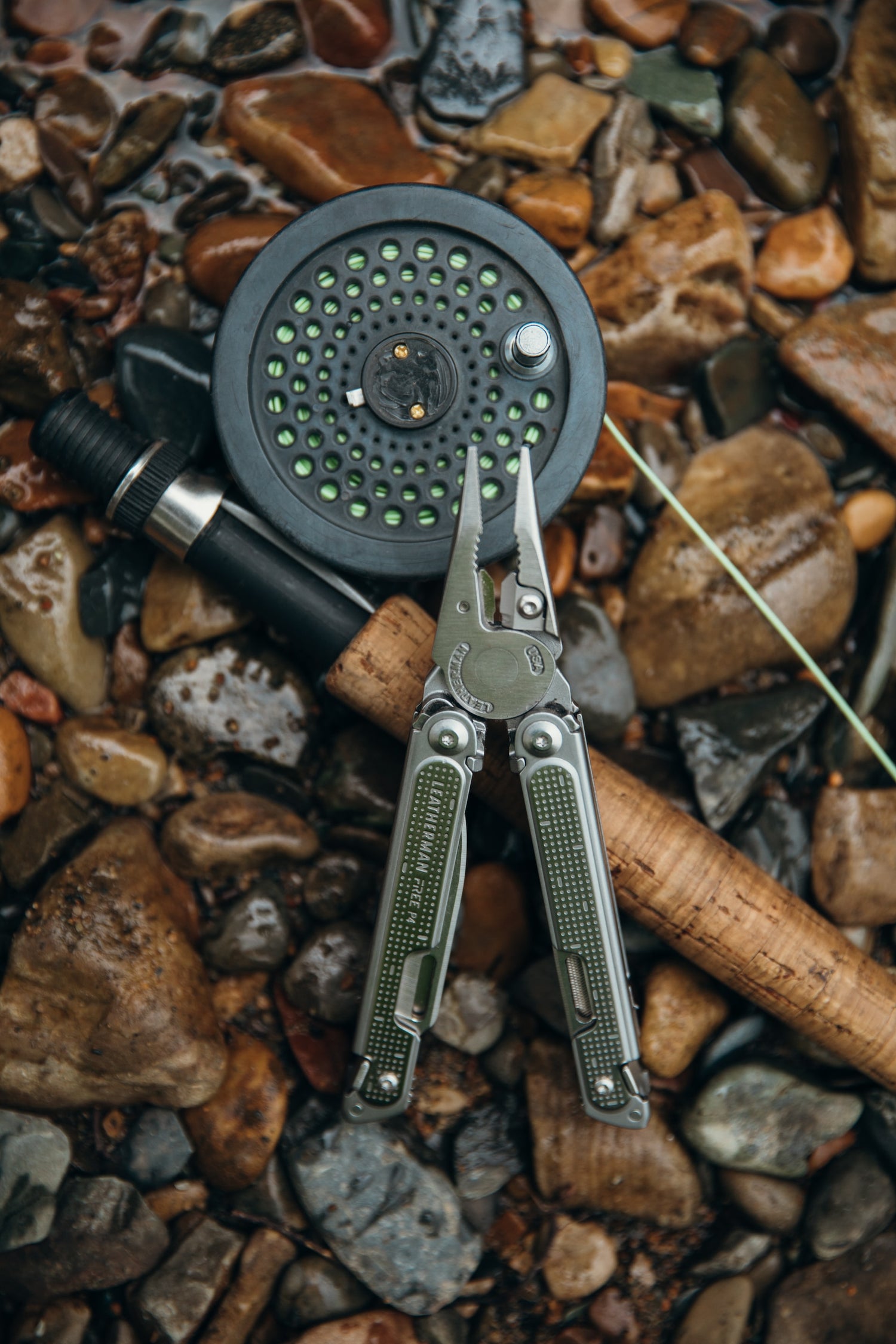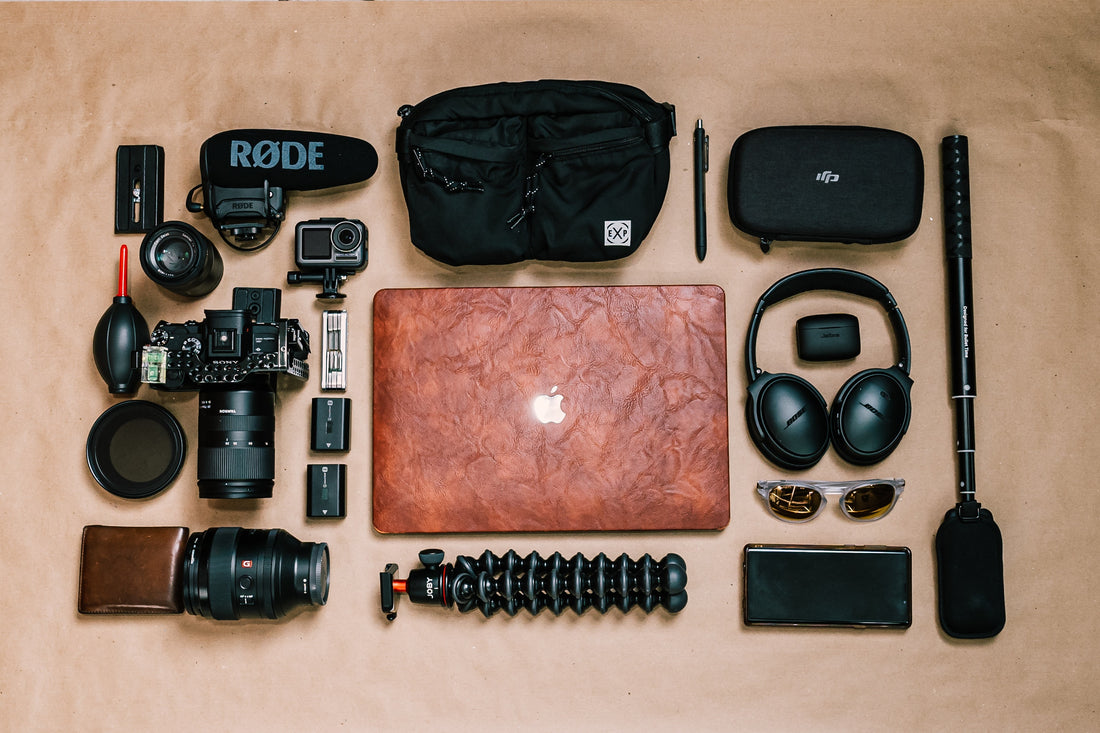
A quick guide to Wireless Lavalier Microphones
In the world of audio recording and broadcasting, the importance of clear and high-quality sound cannot be overstated. Whether you're a professional presenter, content creator, musician, or filmmaker, achieving pristine audio is essential. One indispensable tool in achieving this goal is the wireless Lavalier microphone, commonly referred to as a lav mic. This comprehensive guide will take you through all aspects of wireless Lavalier microphones, from their history and technology to their applications and maintenance.
Let's start with, what is a Wireless Lavalier Microphone?
A wireless lavalier microphone is a compact and inconspicuous audio capture device that is typically affixed to the attire of the user, usually close to the mouth. Its primary purpose is to capture clear and close-up audio while allowing the user complete freedom of movement. These microphones are extensively utilized in various professional contexts, including broadcasting, public speaking, live performances, and video production.
A brief history of Lavalier Microphones
Lavalier microphones have a storied history that dates back to the early 20th century. Initially developed for theater productions, they were created to overcome the limitations of conventional handheld microphones. Over time, advancements in technology and miniaturization have led to these microphones becoming smaller, more dependable, and more versatile, expanding their utility across a wide range of applications.
How Do Wireless Lavalier Microphones Work?
Basic Components
A wireless lavalier microphone system typically comprises three key components:
- Lavalier Microphone: This is the actual microphone, often equipped with a small clip for secure attachment to clothing.
- Transmitter: Worn by the user, the transmitter transforms the microphone's audio signal into a radio signal for wireless transmission.
- Receiver: Connected to recording or amplification equipment, the receiver accepts the radio signal from the transmitter, converts it back into an audio signal, and transmits it to the audio mixer, camera, or speaker system.
Wireless Technology
Wireless lavalier microphones function by harnessing radio waves to transmit audio signals from the transmitter to the receiver. The pivotal elements of this wireless technology encompass:
- Radio Frequency (RF) Carrier: This is the radio signal that carries the audio information, modulated with the microphone's audio signal for transmission.
- Frequency Bands: Different wireless microphone systems operate within specific frequency bands, regulated by government authorities to prevent interference with other wireless devices.
Frequency Bands
Wireless lavalier microphones can operate within different frequency bands, including VHF (Very High Frequency) and UHF (Ultra High Frequency). UHF systems are the more prevalent choice due to their extended range and lower susceptibility to interference. However, the choice of frequency band depends on factors such as local regulations and specific applications.
Types of Wireless Lavalier Microphones
Analog vs. Digital Systems
There exist two primary types of wireless lavalier microphone systems: analog and digital.
- Analog Systems: These systems transmit audio as analog signals. Although still used in certain applications, digital systems are gaining prominence due to their superior audio quality, reliability, and resistance to interference.
- Digital Systems: Digital wireless lavalier microphones convert the audio signal into a digital format before transmission, resulting in enhanced audio fidelity and the option to use encryption for secure communication.
UHF vs. VHF Frequencies
As previously mentioned, UHF and VHF represent two common frequency bands for wireless microphone systems. UHF is preferred for its versatility and reliability, while VHF systems, though cost-effective, may have limited frequency options and increased susceptibility to interference.
Diversity vs. Non-diversity Systems
Diversity systems are engineered to minimize signal dropouts and interference. They employ two antennas and receivers to ensure a more stable signal, making them suitable for critical applications where signal loss is unacceptable. Non-diversity systems, featuring a single receiver and antenna, are more budget-friendly but may be less reliable in challenging RF environments.
Choosing the Right Wireless Lavalier Microphone
The selection of the right wireless lavalier microphone system is pivotal in achieving optimal audio quality for specific needs. When making your choice, take into account the following considerations:
Considerations for Different Applications
Distinct applications necessitate varying features and capabilities in a wireless lavalier microphone system. For instance:
- Broadcasting and Journalism: Journalists often require highly reliable and portable systems that can endure demanding field conditions. Digital systems with encryption capabilities are preferred for secure reporting.
- Live Performances: Musicians and performers seek systems offering excellent audio quality and minimal latency, often opting for diversity systems in live music settings.
- Film and Video Production: Filmmakers demand discreet, reliable systems capable of capturing high-quality audio. Digital systems with adjustable power levels and frequency agility are crucial for overcoming interference.
- Educational and Corporate Settings: Lecturers and presenters benefit from user-friendly systems featuring long battery life and minimal setup requirements. Budget-friendly options may suffice for these applications.
Budget Considerations
Wireless lavalier microphone systems encompass a wide price range, catering to various budgets. Striking a balance between your budget and audio quality and reliability requirements is essential. In some instances, investing in a higher-end system can lead to long-term cost savings by reducing maintenance and replacement expenses.
Compatibility with Other Equipment
Ensure that your chosen wireless lavalier microphone system is compatible with your existing audio equipment, such as cameras, audio mixers, or amplifiers. Compatibility issues can lead to frustration and compromised performance.
Setting Up a Wireless Lavalier Microphone System
Setting up a wireless lavalier microphone system involves several crucial steps:
- Receiver and Transmitter Pairing
Upon purchasing a wireless lavalier microphone system, the receiver and transmitter are typically pre-paired to operate on the same frequency. Nevertheless, it's vital to confirm this and make any necessary adjustments to ensure proper communication.
- Frequency Coordination
In scenarios involving multiple wireless microphone systems, precise frequency coordination is imperative to prevent interference. This entails selecting clear and unused frequencies for each system to operate on.
- Antenna Placement
Proper antenna placement significantly impacts signal strength and reliability. Adhere to the manufacturer's guidelines for antenna placement, and contemplate using remote antennas for enhanced signal distribution.
Quick Tips for Optimal Performance
To attain peak performance from your wireless lavalier microphone system, consider the following tips:
Reducing Interference
- Maintain line-of-sight between the transmitter and receiver to minimize obstacles that can block or reflect the RF signal.
- Employ high-quality cables and connectors to mitigate signal loss.
- Vigilantly monitor and evade potential sources of interference, such as other wireless devices, wireless routers, and large metal objects.
Maximizing Range
- Select a wireless lavalier microphone system with an adequate range to meet your requirements.
- Employ external antennas or antenna distribution systems to extend the range.
- Ensure that the transmitter and receiver are set to the same frequency and channel.
Proper Microphone Placement
- Position the lavalier microphone within 6-12 inches from the speaker's mouth for optimal audio quality.
- Employ microphone windscreens or pop filters to minimize wind noise and plosive sounds.
Common Applications
Wireless lavalier microphones find applications across various fields:
- Broadcasting and Journalism: News reporters and anchors utilize lavalier mics for live reports from the field and interviews.
- Live Performances: Musicians and stage performers rely on wireless lav mics for vocals and instrument pickups during concerts and live shows.
- Film and Video Production: Filmmakers and videographers use lavalier microphones to capture dialogue and ambient audio, making them essential for documentary filmmaking and reality TV.
- Educational and Corporate Settings: Professors, presenters, and corporate trainers utilize wireless lavalier microphones to enhance audio quality during lectures, presentations, and professional training sessions.
Maintaining and Troubleshooting Your Wireless Lav Mic
Ensuring the longevity and dependable performance of your wireless lavalier microphone entails following these maintenance and troubleshooting tips:
Cleaning and Care
- Regularly clean the microphone grille and windscreen to prevent dirt and debris from affecting audio quality.
- Inspect cables and connectors for damage, promptly replacing any worn or damaged components.
Battery Management
- Monitor battery levels to prevent unexpected power loss during use.
- Opt for high-quality, fresh batteries to maximize performance.
- Maintain spare batteries for quick replacements.
Troubleshooting Common Issues
- If interference or dropout issues arise, attempt changing the operating frequency or channel.
- Inspect for loose or damaged connections between the microphone, transmitter, and receiver.
- Consult the manufacturer's user manual or customer support for specific troubleshooting guidance.
Legal Considerations
The usage of wireless lavalier microphones necessitates compliance with legal regulations, including wireless frequency regulations and licensing requirements. These regulations differ by country and region, making it imperative to research and adhere to the pertinent laws to avert interference and potential legal repercussions.
Future Trends and Developments
As technology continues to advance, wireless lavalier microphone systems are poised for further improvements:
Advances in Wireless Technology
- Ongoing enhancements in digital wireless technology will lead to even better audio quality and increased resistance to interference.
- Integration with smart devices and apps may grant users more control and flexibility.
Integration with Smart Devices
- Wireless lav mics may become more compatible with smartphones and tablets, transforming them into versatile tools for content creators and mobile journalists.
- Mobile apps could offer enhanced control over microphone settings and audio processing.
Environmental Sustainability
- With concerns on the environment becoming more important most manufacturers have started prioritize designing more environmentally sustainable microphone systems, including energy-efficient components and materials.
Wireless lavalier microphones are indispensable tools for professionals across diverse fields, delivering clear and convenient audio capture in a myriad of applications. By grasping the technology, selecting the right microphone for your needs, and adhering to best practices for setup and maintenance, you can consistently achieve high-quality audio recordings and broadcasts. As technology continues to evolve, the future promises even more exciting developments in the world of wireless lavalier microphones, ensuring their status as essential tools for audio professionals worldwide.


